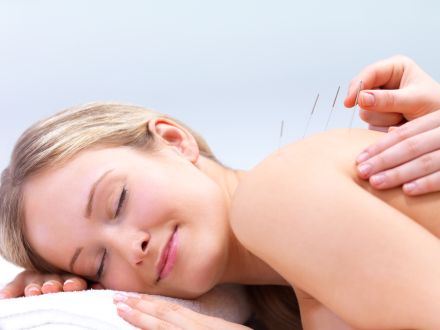Healers originally used bone and bamboo sticks, which were replaced by metal and later by metal needles made of stainless steel. Whilst the West often regards acupuncture as a unique treatment, it is only a small part of traditional Chinese medicine. It has important roles such as healing prior to diagnosis and detection of the causes of disease.

The principles of the mechanism of acupuncture are very simple, the healer inserts needles into specific points on the body. Of course not randomly, but at the so-called meridian points that together make up our bodies’ meridian network. This network system in our bodies transports vital energy, the qi (pronounced ’chi’), and distributes that energy evenly and healthily in our bodies. The meridian network not only connects the acupuncture points, but our organs can receive the qi through it.
Sometimes, however, the network (that is also sometimes referred to as ‘channels’) ‘blocks up’ and in this case the qi is unable to flow freely, so the system cannot function properly. In acupuncture the needles are actually clearing up these channels, by moving the needles the qi movement becomes stronger, which - like water flowing in a river bed - clears the meridians, flushing away the deposits in the channels.
Thus the healing principle is simple : the body's meridian points are stimulated during the treatment. Essentially the same method is based on foot massage, which has a beneficial effect and is increasingly recognised in the West, while the majority of people still regard acupuncture as a strange method of medicine.